
|
In May of 1961, United States President John F. Kennedy promised to put a man on the moon and to bring him back to safety by the end of the decade. In order to fulfill this very purpose, Kennedy created the Apollo Program, also known as Project Apollo within the National Aeronautics and Space Administration (NASA). Indeed, the program was responsible for landing the first men on the moon in 1969. Here, a rare look into the workings of the Apollo missions and the astronauts that risked their lives for some very notable firsts in space. |
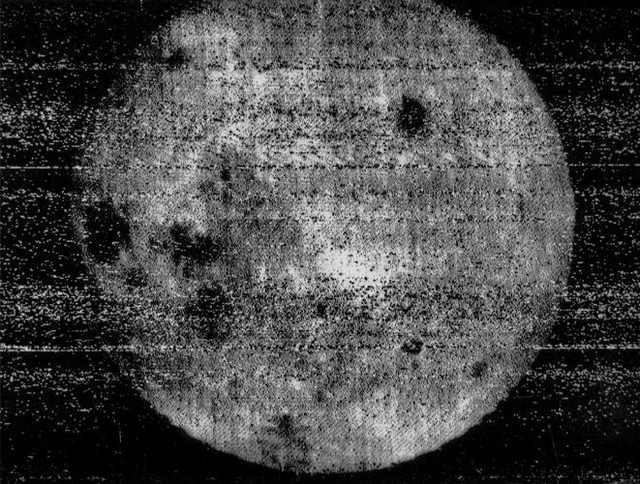 |
|
The Russian Luna 3 spacecraft captured the first ever pictures of the far side of the moon in October 1959. A total of 29 photographs were taken that covered about 70 percent of the far side. However, the photographs were in low resolution and could do little to help astronauts configure a landing. |
|
|
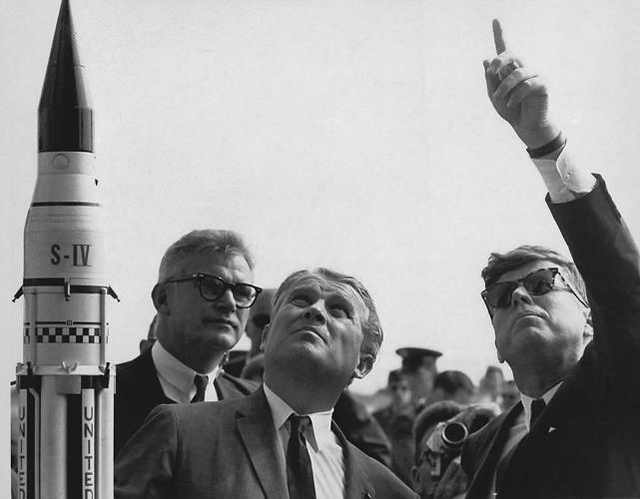 |
|
President Kennedy visits Cape Canaveral in November, 1963 and receives an explanation from Dr. Wernher von Braun on the Saturn V launch system. The Saturn V was an expendable rocket capable of transporting individuals that was used in the Apollo and Skylab programs from 1967-1973. |
|
|
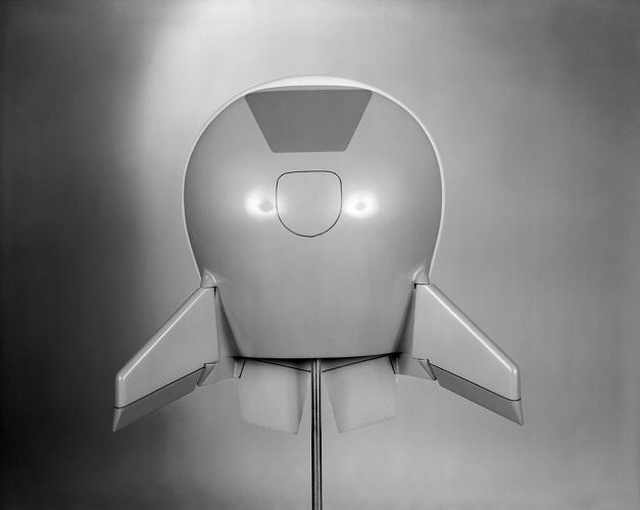 |
|
An early concept model of a lunar vehicle. |
|
|
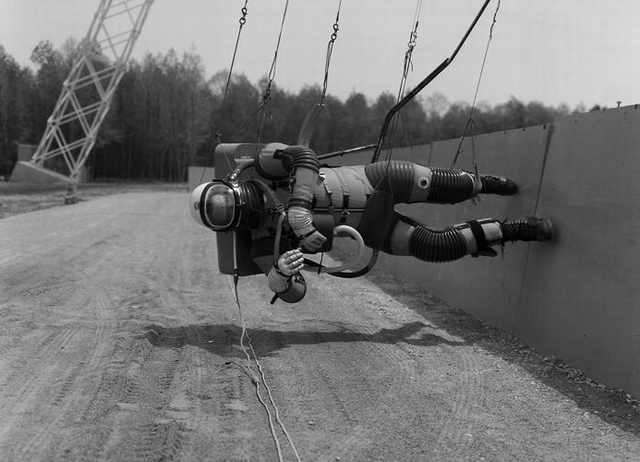 |
|
Testing out a pressurized space suit at a simulation of reduced gravity. |
|
|
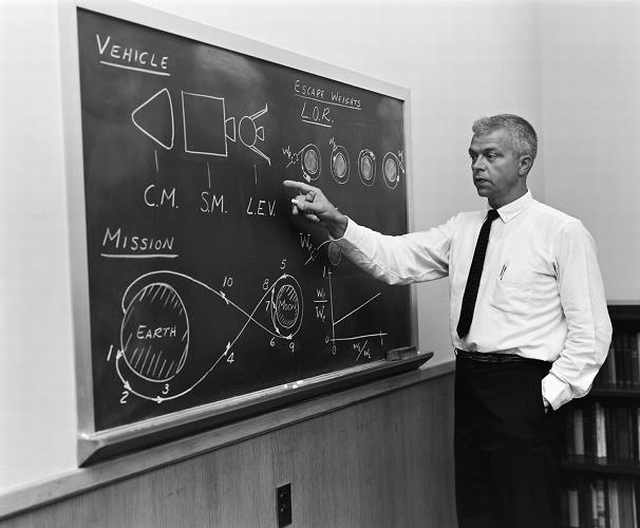 |
|
John C. Houboult shows his plan for lunar landings. |
|
|
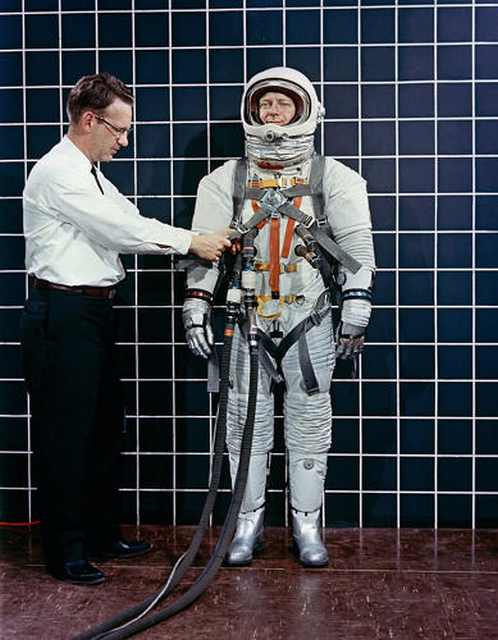 |
|
|
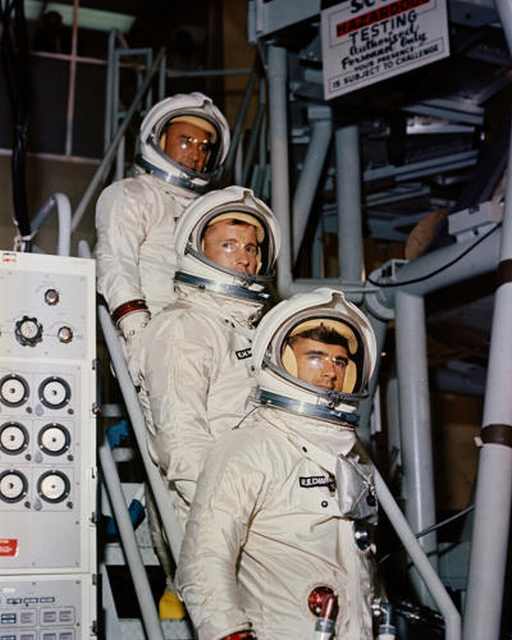 |
| The Apollo 1 team was compiled of Virgil 'Gus' I. Grissom, Edward H. White II and Robert B. Chaffee. However, during the launch of the rocket, a fire would break out and asphyxiate the whole team. While the mission was originally named Apollo 204, it was later called Apollo 1 in their honor. |
|
|
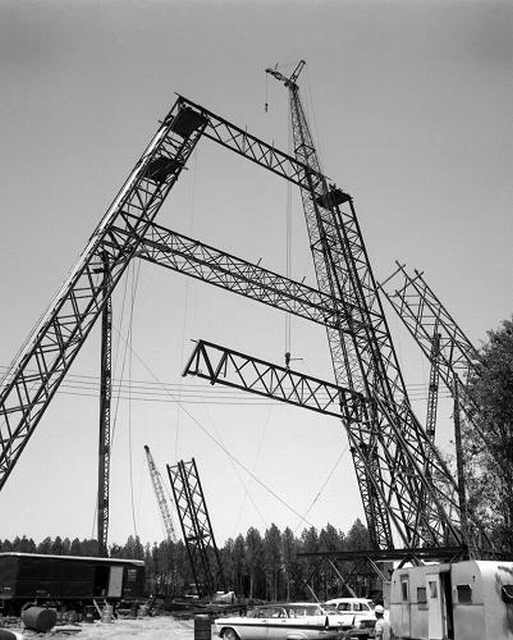 |
|
The construction of the lunar landing research facility. |
|
|
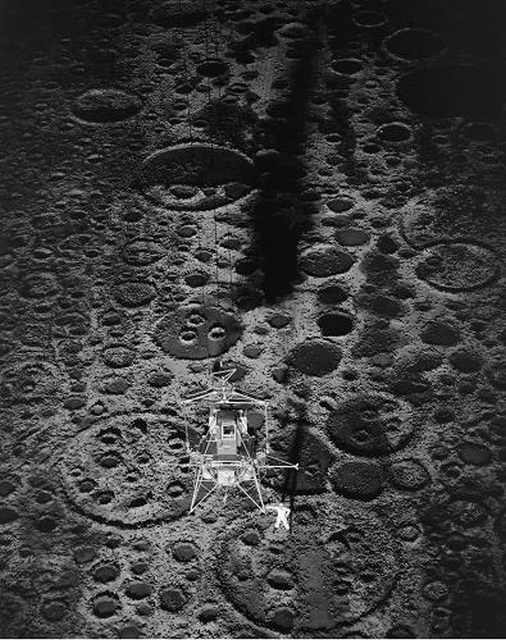 |
|
Practicing lunar landing at night. |
|
|
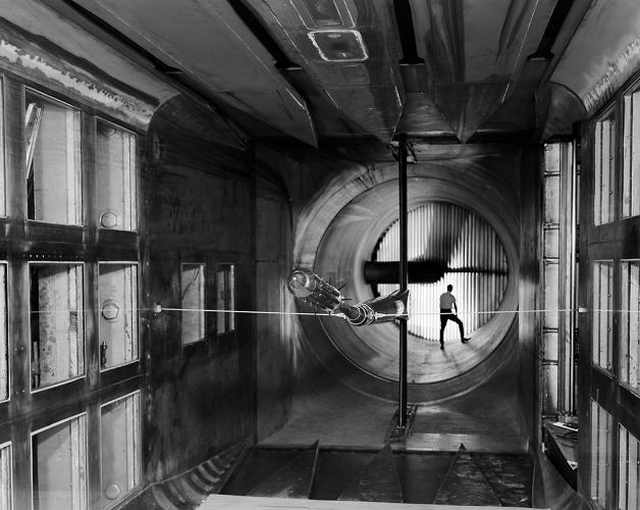 |
|
|
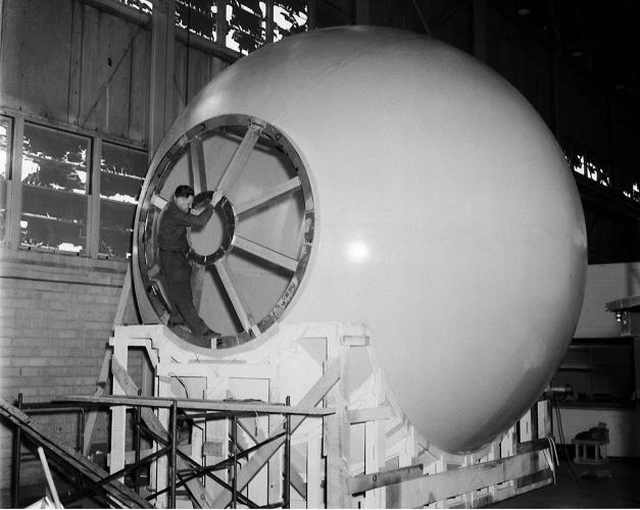 |
| The LOLA Simulator was a 20-foot sphere which simulated what the surface of the moon would look like from 200 miles up. |
|
|
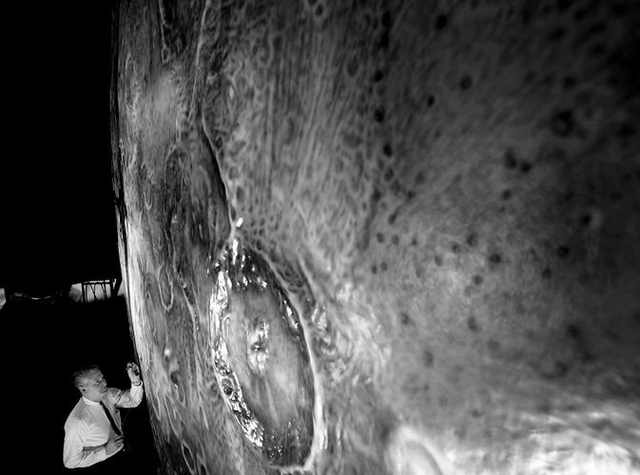 |
|
Artists hand-painted a simulation of the lunar surface for the tests. |
|
|
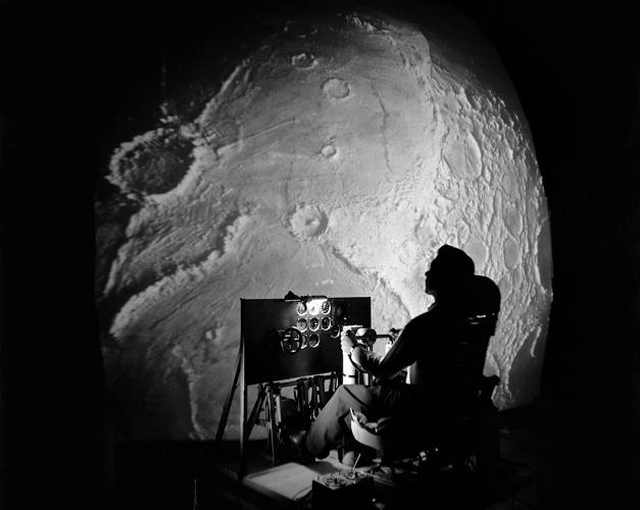 |
|
A test subject sitting inside LOLA. |
|
|
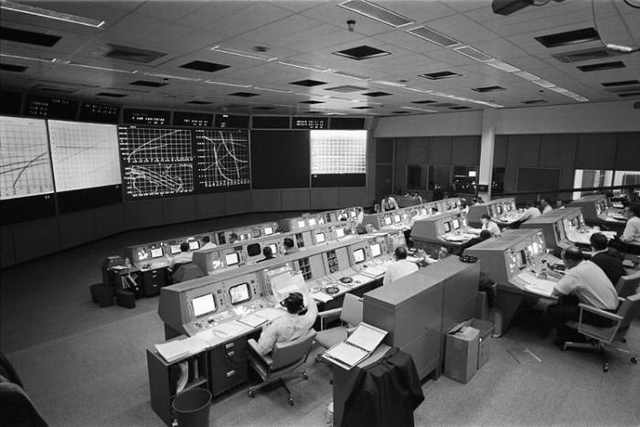 |
| The Mission Control during the Apollo 201 unmanned warm-up mission. |
|
|
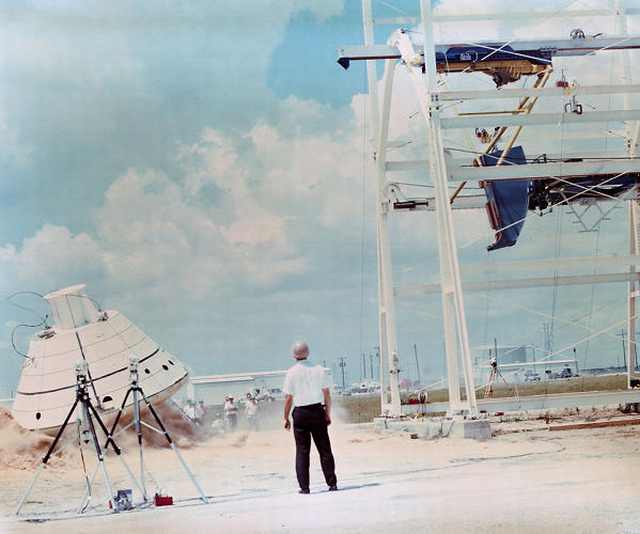 |
|
Drop testing for the Apollo capsule's return to Earth. |
|
|
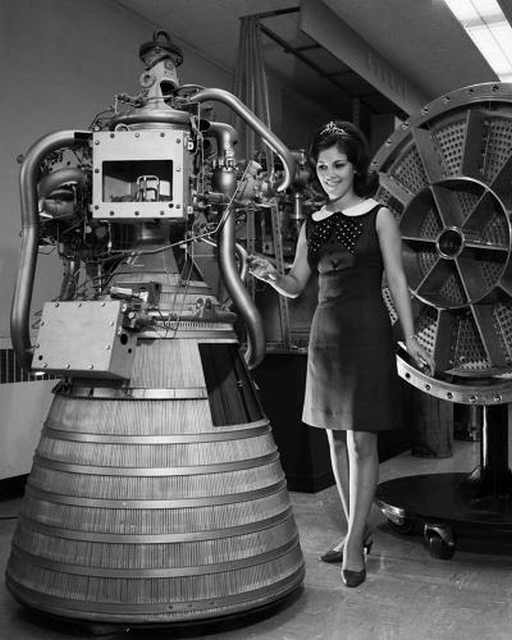 |
|
In the late 1960s and early 1970s, NASA held an annual beauty pageant. This is Miss NASA from 1968-69. |
|
|
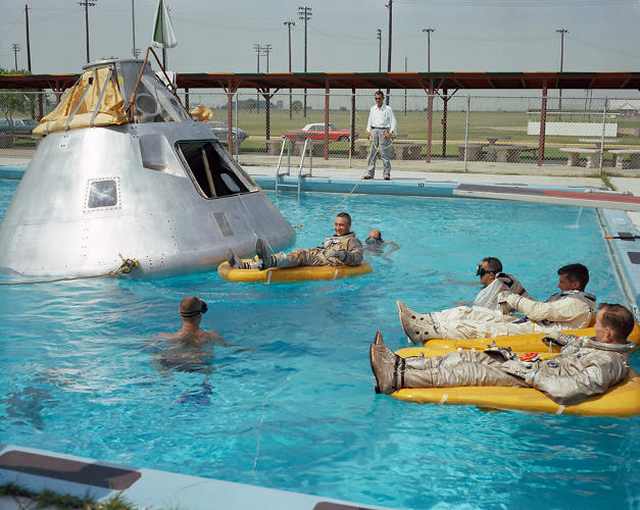 |
|
The crew of the Apollo 7 mission practices water evacuation procedures in a pool. |
|
|
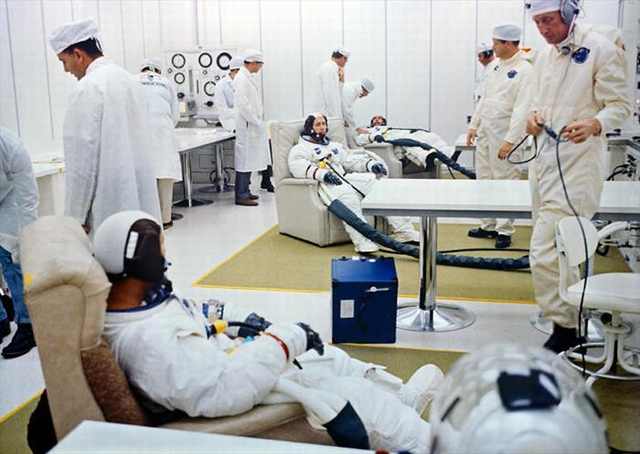 |
|
The Apollo 7 crew in the suiting room before take-off. |
|
|
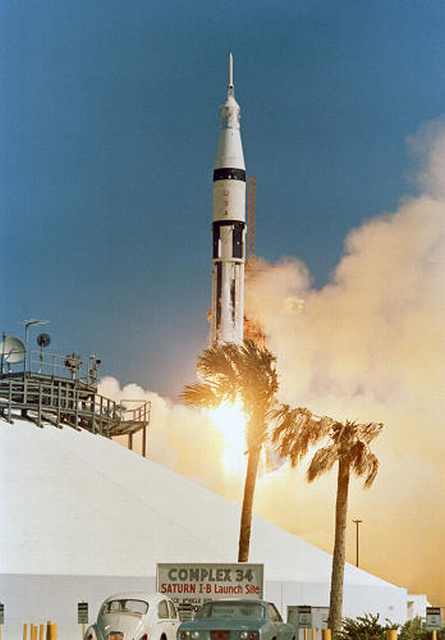 |
|
The Apollo 7 space vehicle is launched from Kennedy Space Center in Florida. The launch takes place at 11:03 am on October 11, 1968. It is the first ever manned Apollo launch. |
|
|
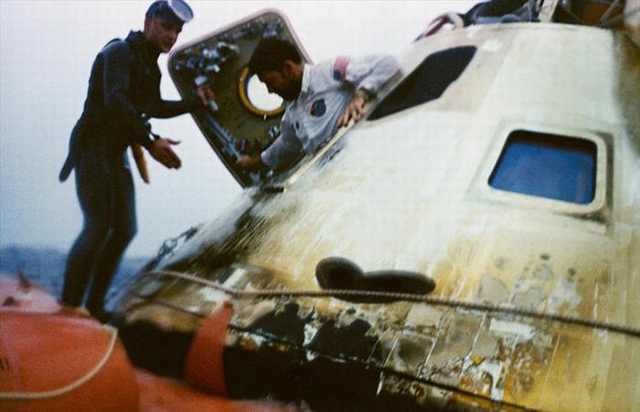 |
| Recovering the member of the Apollo 7 crew from a crash at sea on the USS Essex. |
|
|
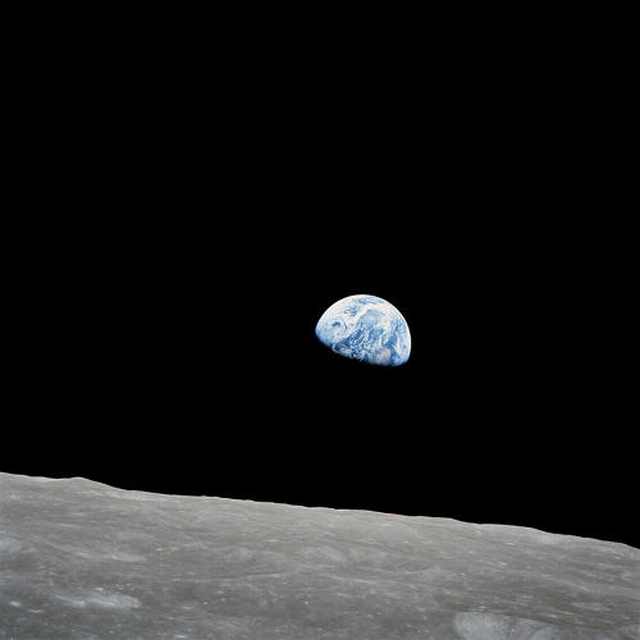 |
|
A famous photograph taken of Earth by the crew of the Apollo 8 about five degrees above the lunar horizon on December 22, 1968. This is this first photograph of the Earth as it appears from deep space. |
|
|
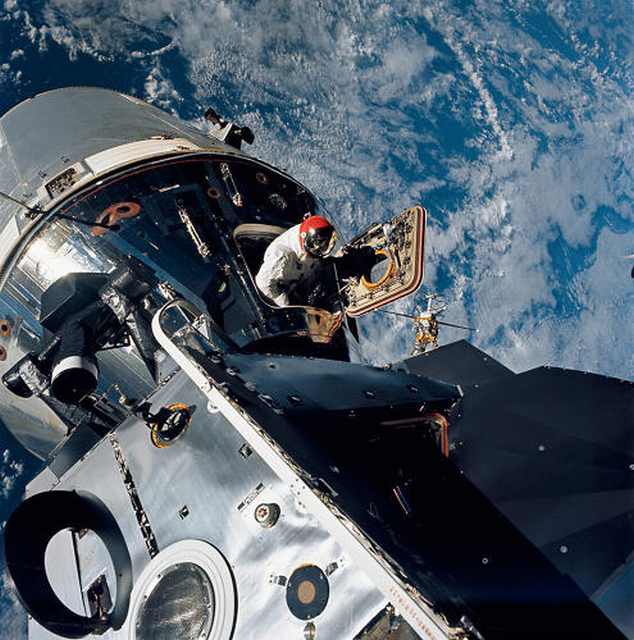 |
|
The view from the docked Apollo 9 with Earth as the background. |
|
|
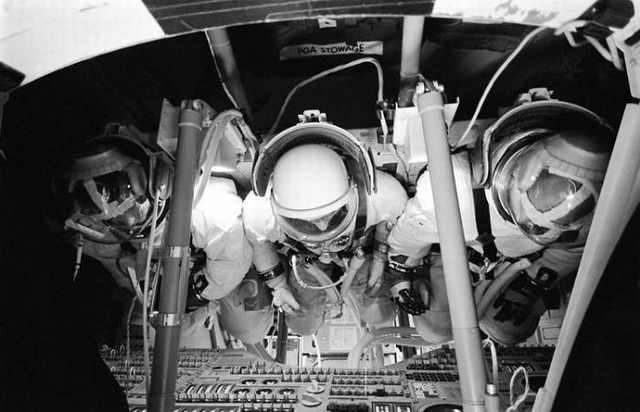 |
|
|
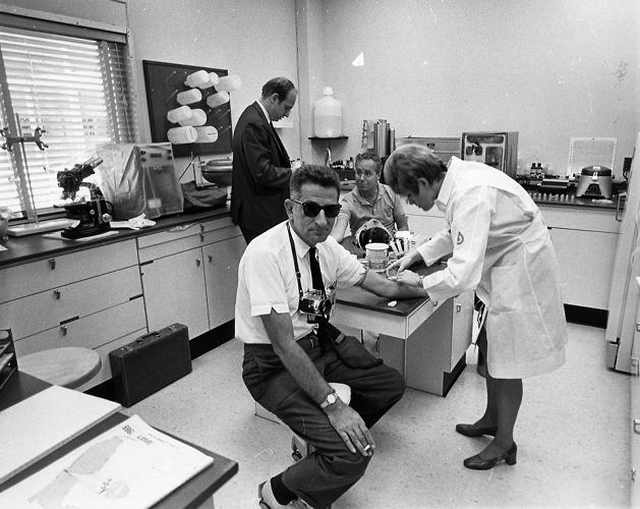 |
|
NASA photographer Bill Taub going through blood tests prior to photographing the Apollo 11 crew, which included Neil A. Armstrong, Michael Collins and Edwin E. Aldrin Jr. The astronauts were placed in semi-quarantine before the mission to keep them health. |
|
|
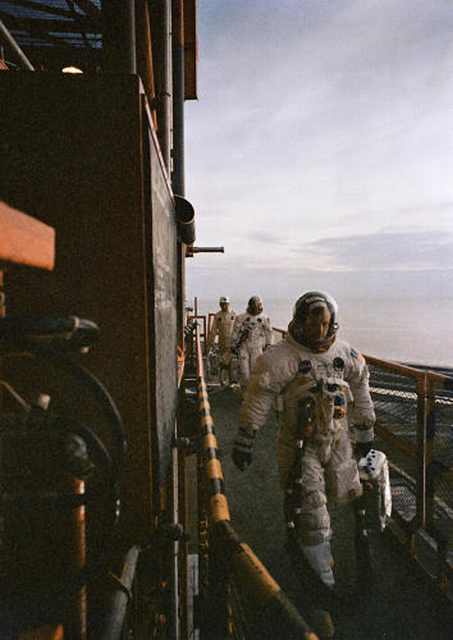 |
|
The crew of Apollo 11, the mission that would land and walk on the Moon, arrives at Kennedy Space Center during the prelaunch countdown. |
|
|
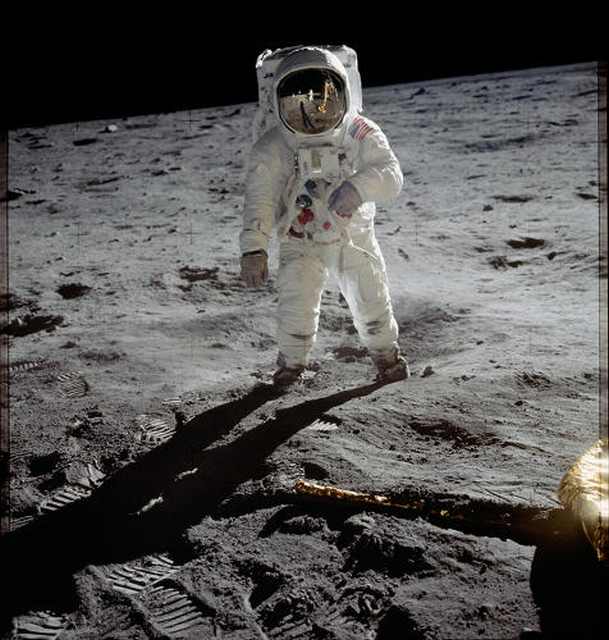 |
|
Astronaut Aldrin walks on the surface of the moon while Neil Armstrong takes a photograph. |
|
|
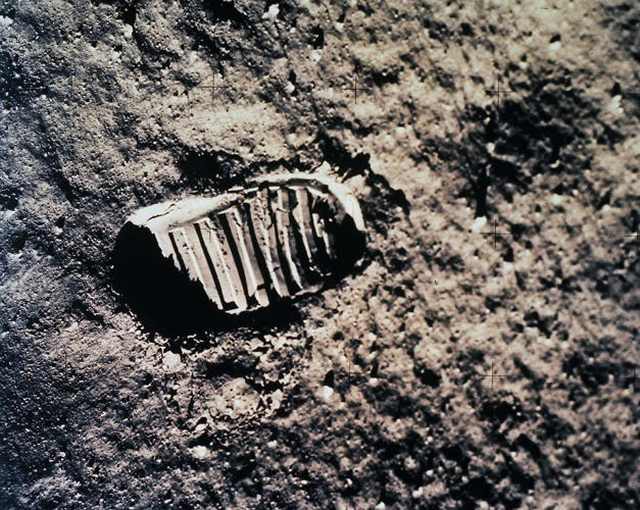 |
|
A close-up of an astronaut's footprint on the Moon. |
|
|
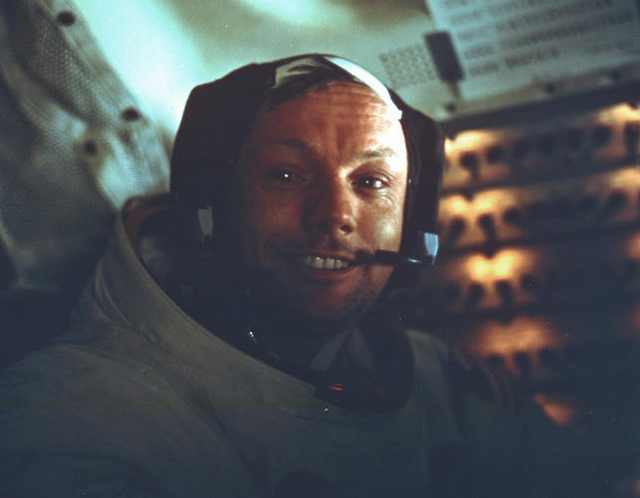 |
|
Neil Armstrong during the Apollo 11 mission. |
|
|
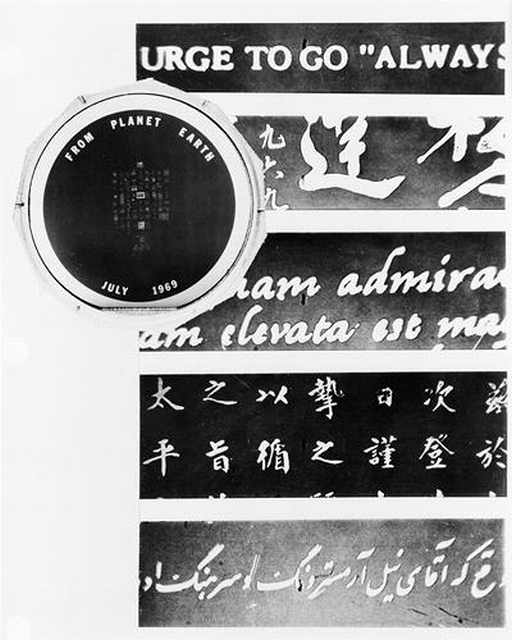 |
|
A close-up of a silicone dish imprinted in many languages that was to be left on the Moon by the Apollo astronauts. |
|
|
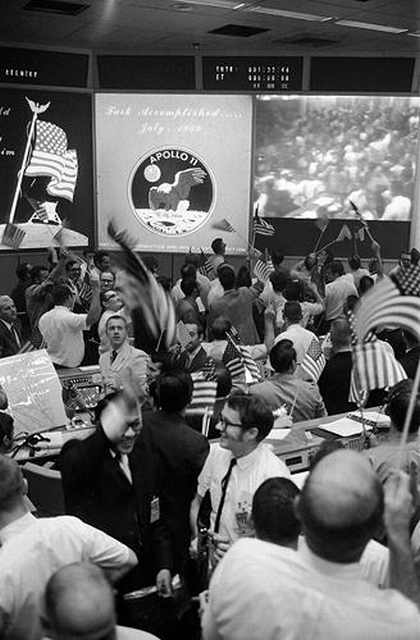 |
|
A view of a patriotic Mission Control Center celebrating the landing of the Apollo 11 mission. |
|
|
 |
| Neil Armstrong strums a ukulele in the quarantine facility upon return. |
|
|
 |
| New York City welcomes home the Apollo 11 crewmen on Broadway and Park Avenue in one of the largest parades in the city's history. |
|
|
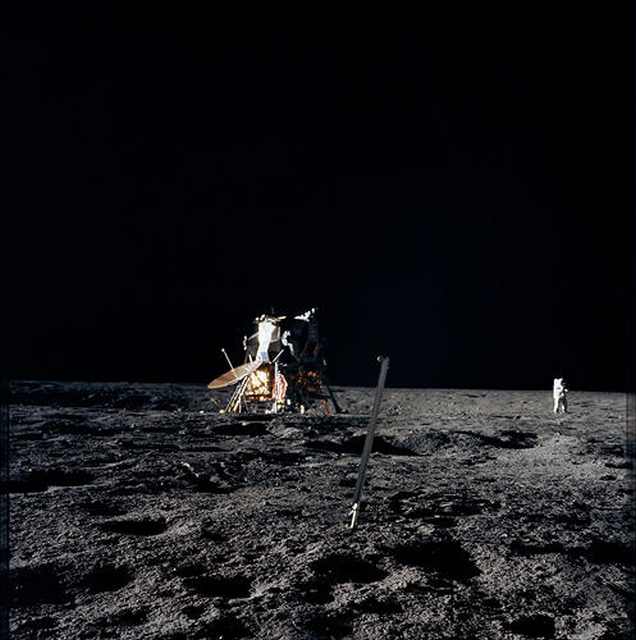 |
| A view of the Apollo 12 spacecraft. |
|
|
 |
|
An Apollo 12 astronaut on the moon with an American flag. |
|
|
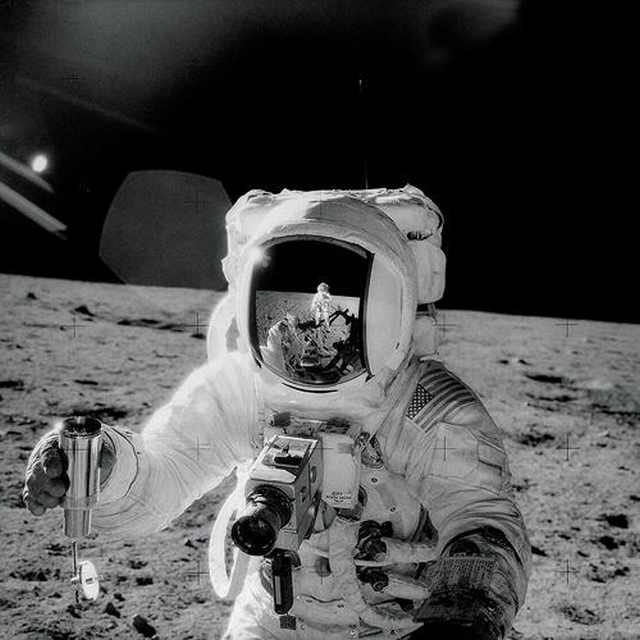 |
|
Apollo 12 astronaut Alan Bean holds a sample of lunar soil. The photograph was taken on November 20, 1969. |
|
|
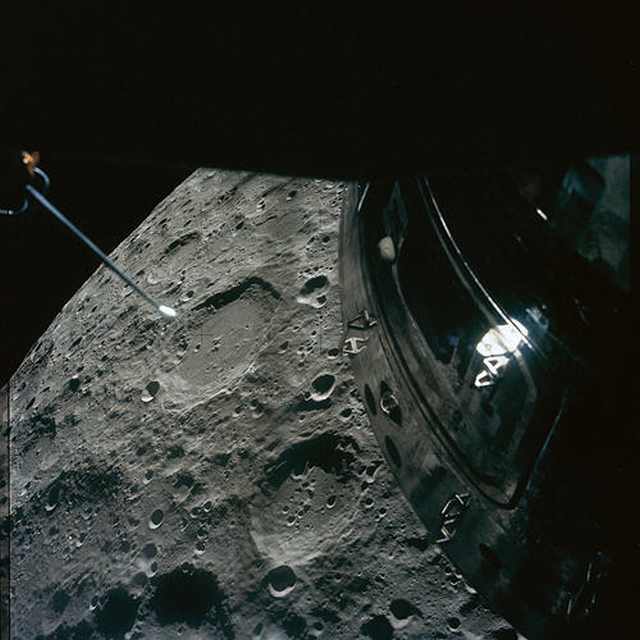 |
|
A dark view of the Crater Chaplygin from Apollo 13. |
|
|
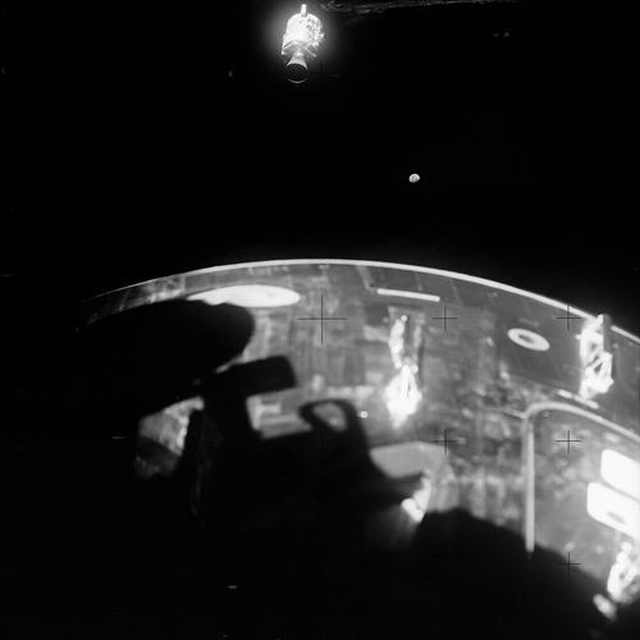 |
|
A view of the damaged Apollo 13 spacecraft with the Moon far in the distance. |
|
|
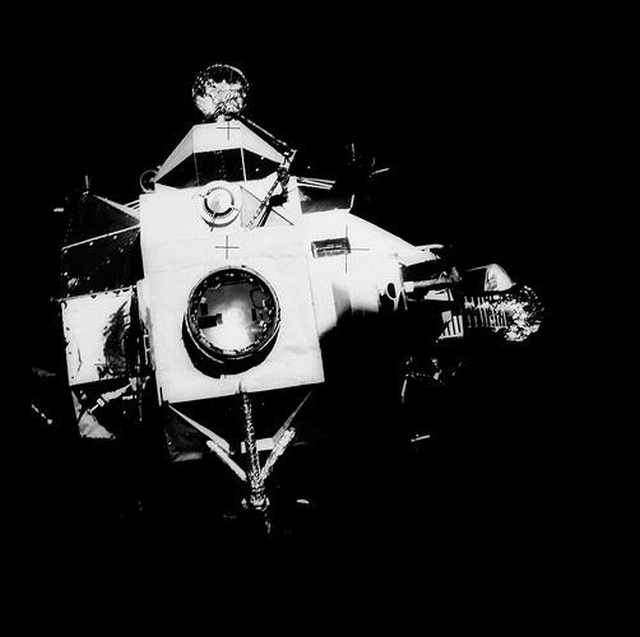 |
|
The 'lifeboat' to save the Apollo 13 pilots. |
|
|
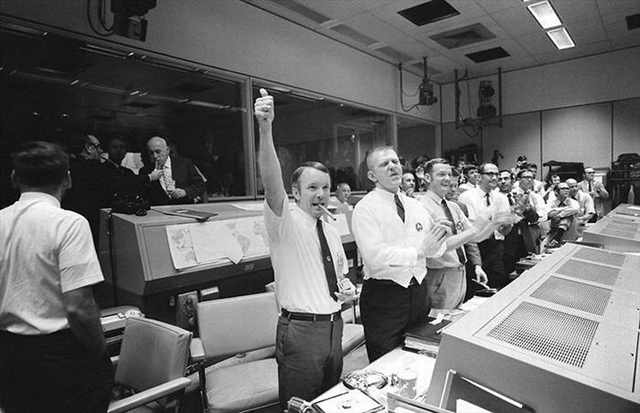 |
|
Mission Control celebrates the successful touchdown of the Apollo 13 crew. |
|
|
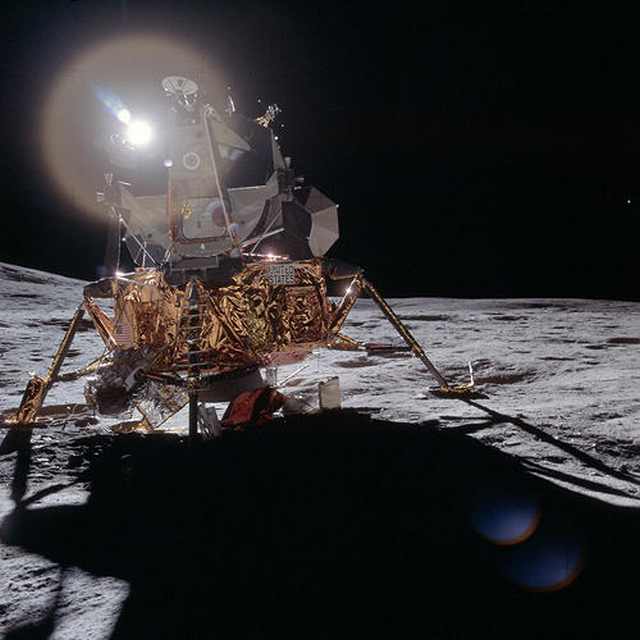 |
|
|
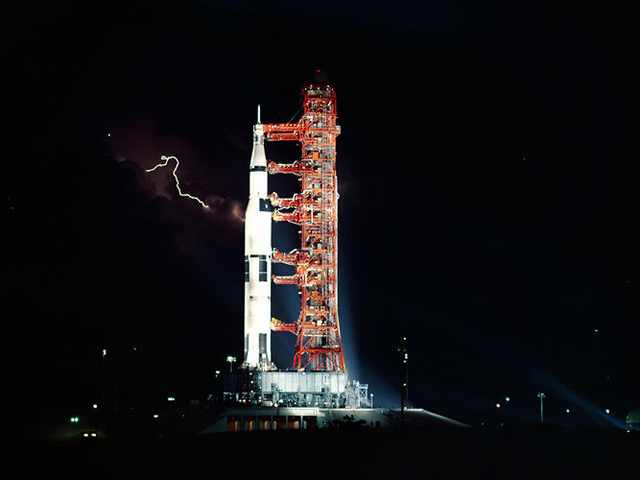 |
|
Lightening flashing behind the Saturn V rocket that would propel Apollo 15 to the moon on July 25, 1971. |
|
|
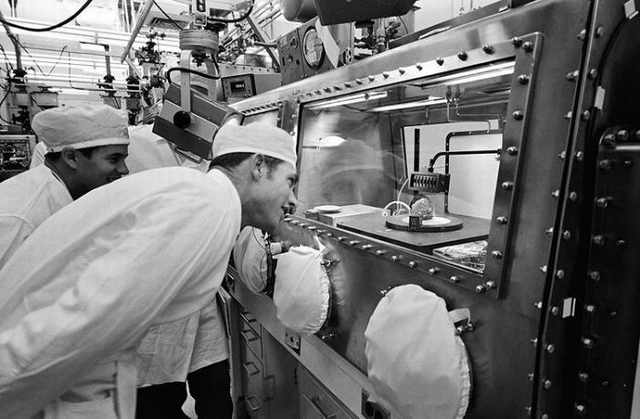 |
| The commander of the Apollo 15 mission, astronaut David R. Scott, gets a look up close of the sample called the 'genesis rock'. |
|
|
 |
|
The 'Genesis Rock' or the Apollo 15 lunar sample is processed to see what chemical compounds are inside it, i.e. what materials make up the Moon. |
|
|
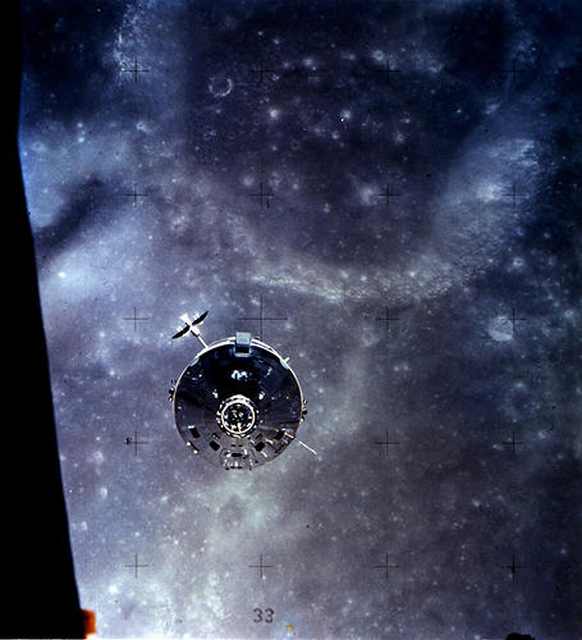 |
|
Part of Apollo 16 called 'Casper' approaches the spaceship. |
|
|
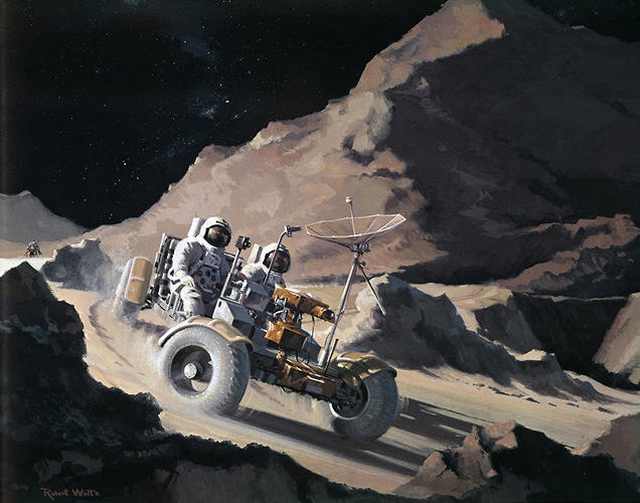 |
|
A conceptual drawing of a lunar rover. |
|
|
 |
|
Members of the Apollo 15 crew collect soil samples during a simulation of a lunar landing mission in Taos, New Mexico. |
|
|
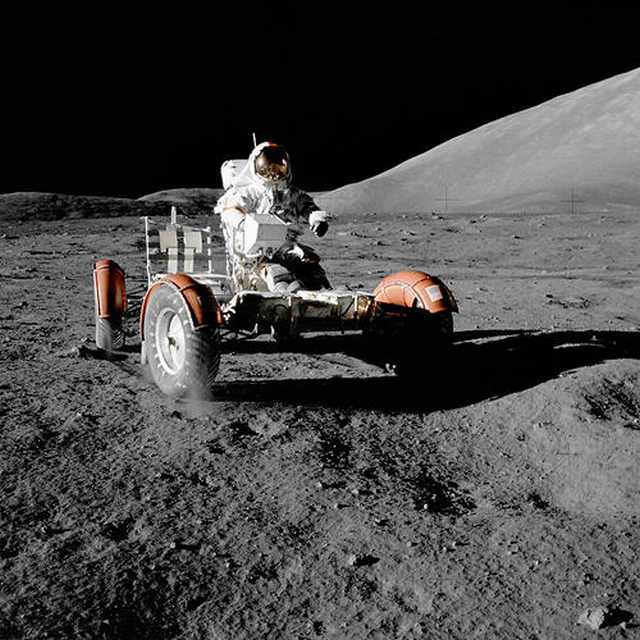 |
|
Astronaut Eugene A. Cernan is the first to drive the lunar rover on the moon during the Apollo 17 mission. |
|
|
 |
| On July 17, 1975, two Cold War-rivals met in space during the Apollo-Soyz Test Project. When their spacecrafts had docked, a new era of cooperative space ventures began. |
|
|